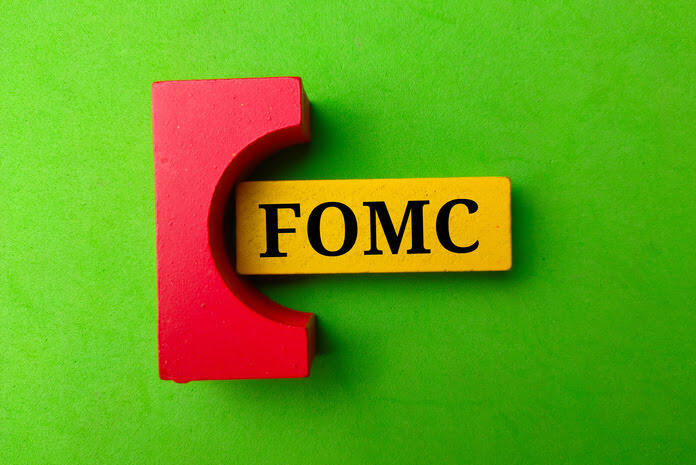As the Federal Open Market Committee (FOMC) convenes today, speculation looms over whether the Fed will provide signals for a rate cut in March. Currently, the federal funds target range is expected to be maintained at 5.25%-5.50%. Market attention is centered on cues regarding the initiation of interest rate cuts and the tapering of Quantitative Tightening (QT).
Market expectations are priced in for a 25 basis points rate cut during the April 30-May 1 FOMC meeting. However, the timing of this cut could be influenced by upcoming reports on labor market conditions and consumer prices. While the market has fully embraced the possibility of a rate cut, the FOMC may adjust its policy statement today, potentially removing its tightening bias and laying the groundwork for future rate cuts.
The current phrase, “the extent of any additional policy firming,” may be replaced with a more dovish “stance of appropriate monetary policy.” Despite recent economic reports portraying a robust U.S. labor market and a humming economy, signs of weakening in the labor market and falling wage pressures have emerged in today’s economic reports. The Jan ADP employment change report indicates a slower-than-expected hiring pace, and the Q4 employment cost index reflects its smallest quarterly increase in 2-1/2 years.
The swap markets currently assign a 65% chance for a rate cut by the Fed at the March 19-20 FOMC meeting, acknowledging the strength of the U.S. economy, which has pushed back expectations for rate cuts. However, today’s economic reports, showcasing a softening labor market and easing wage pressures, may nudge the Fed toward considering a March rate cut. Fed Chair Powell’s comments today, even if maintaining a hawkish stance, may not be conclusive, as his Humphrey-Hawkins testimony in late February or early March could provide clearer signals on the Fed’s future course.
Survey data from Fed districts hint at a faster deterioration in the economy compared to hard data, potentially making policymakers less confident about a soft landing. This uncertainty might prompt the Fed to cut rates in March as a precaution against an economic downturn, depending on incoming data. However, the Fed may exercise prudence and opt to wait until the April 30-May 1 FOMC meeting before initiating interest rate cuts.
Against the backdrop of the stock market reaching record highs, investors may exhibit hesitancy in pushing stocks higher without a clearer understanding of when the Fed intends to commence interest rate cuts. The prevailing economic indicators and the FOMC’s stance will likely shape market sentiment in the coming weeks.
Featured Image: Freepik















